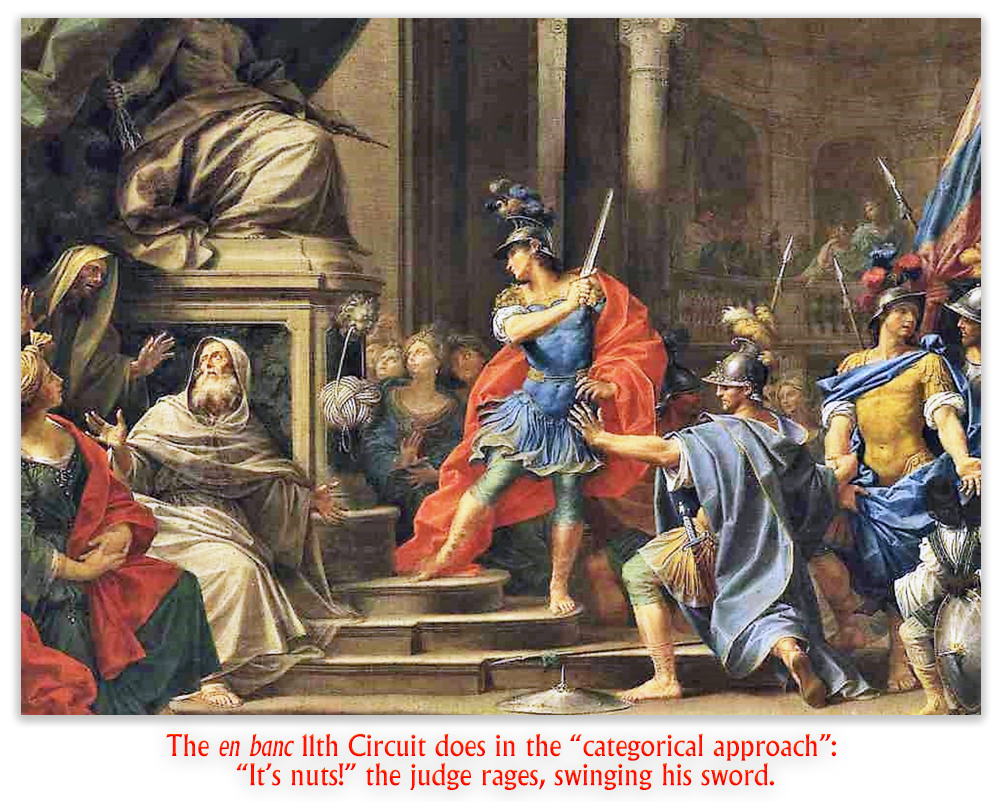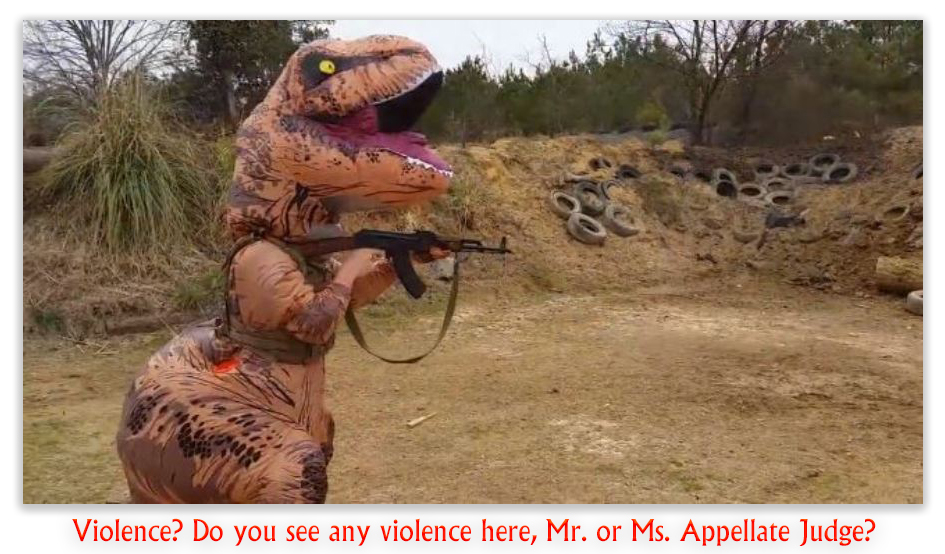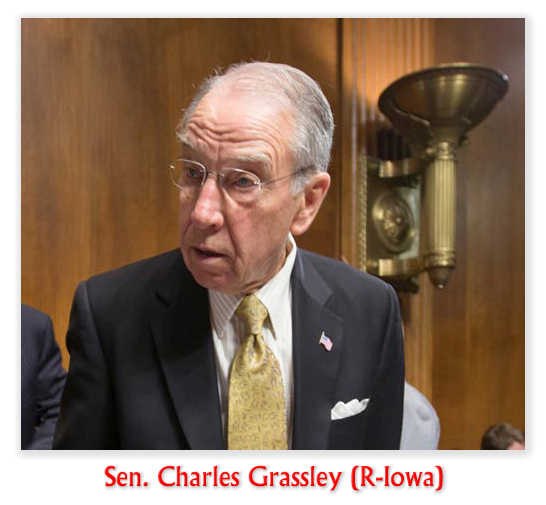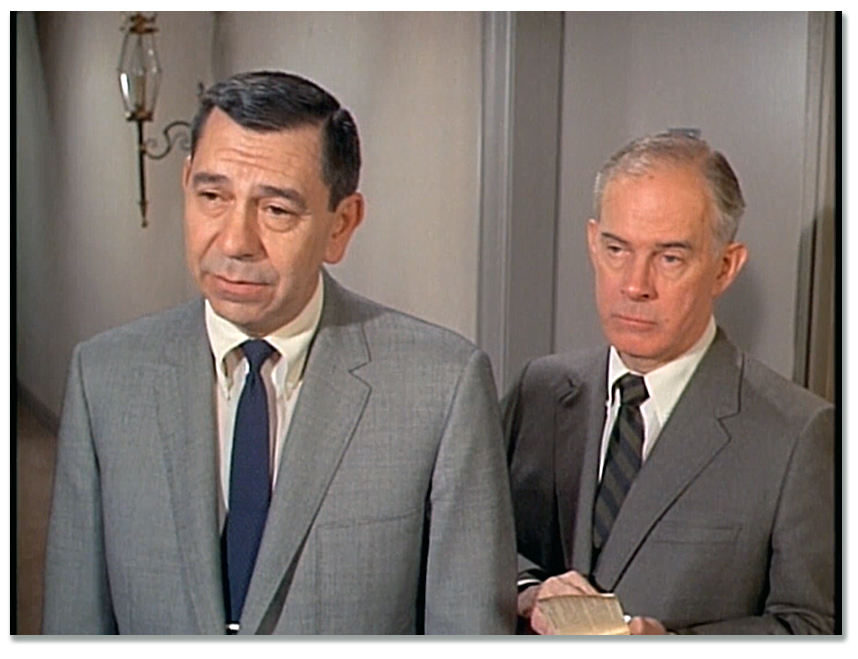We post news and comment on federal criminal justice issues, focused primarily on trial and post-conviction matters, legislative initiatives, and sentencing issues.

LAST WEEK’S SCORE IS 0-1-1 ON SCOTUS CERTIORARI
Two Supreme Court petitions for certiorari (which is how parties get the Court to take their cases for review) came up last week, leaving our score 0-1-1.
 The petition in United States v. Rivera–Ruperto, important to people with stacked 924(c) sentences, who were left behind by the First Step Act’s nonretroactivity, asked whether 160 years for a defendant who carried a gun to multiple government-staged drug buys could get 130 years’ worth of stacked 924(c) sentences complied with the 8th Amendment ban on cruel and unusual punishments. Despite a lot of interest in the criminal justice community that this argument be addressed (and the 1st Circuit’s remarkable en banc opinion asking SCOTUS to take up the issue), the Supremes denied certiorari last week without further comment.
The petition in United States v. Rivera–Ruperto, important to people with stacked 924(c) sentences, who were left behind by the First Step Act’s nonretroactivity, asked whether 160 years for a defendant who carried a gun to multiple government-staged drug buys could get 130 years’ worth of stacked 924(c) sentences complied with the 8th Amendment ban on cruel and unusual punishments. Despite a lot of interest in the criminal justice community that this argument be addressed (and the 1st Circuit’s remarkable en banc opinion asking SCOTUS to take up the issue), the Supremes denied certiorari last week without further comment.
Meanwhile, the government’s request for certiorari in United States v. Wheeler was relisted a second time, and yesterday appeared to be relisted yet again. As noted last week, Wheeler asks whether a prisoner whose 2255 motion challenging a statutory minimum was denied based on current circuit precedent may later seek habeas relief in a 2241 petition (allowed by the 2255(e) “escape clause”) on the ground that the circuit’s interpretation of the statutory minimum has changed. A relist does not mean that cert will be granted, but it increases the odds.
Beneath the surface in Wheeler there is percolating a mootness battle. The 4th Circuit refused to stay its decision in the case, instead issuing the mandate – which is the green light for the district court to apply its holding – nine months ago. Last week, the district court got around to resentencing defendant Gerald Wheeler, and reduced his sentence to time served. Gerry walked out the door a free man, having had whopping eight months cut off his 120-month sentence.
 In an inversion of what usually goes on at the Supreme Court – a defendant begs to be heard while the Dept. of Justice Solicitor General’s office argues the case is unworthy of review – the government filed a letter with SCOTUS last week arguing that “the grant of habeas relief to shorten [Gerald’s] term of imprisonment means that this case ‘continue[s] to present a live controversy regarding the permissibility of such relief.’” Gerry’s lawyers, showing their irritation at the government’s conduct in the case, shot back that the Supremes should take a hard pass on this one:
In an inversion of what usually goes on at the Supreme Court – a defendant begs to be heard while the Dept. of Justice Solicitor General’s office argues the case is unworthy of review – the government filed a letter with SCOTUS last week arguing that “the grant of habeas relief to shorten [Gerald’s] term of imprisonment means that this case ‘continue[s] to present a live controversy regarding the permissibility of such relief.’” Gerry’s lawyers, showing their irritation at the government’s conduct in the case, shot back that the Supremes should take a hard pass on this one:
The district court entered its written judgment on March 1, 2019, and Mr. Wheeler has filed a notice of appeal to challenge one aspect of the district court’s resentencing decision. During the course of those appeal proceedings, the government will have the opportunity to ask the en banc Fourth Circuit to reverse the panel decision… Given that the government recently—in the middle of this case—changed a two- decades-old position regarding its interpretation of § 2241, the opportunity for additional percolation in the courts of appeals would be beneficial for this Court’s ultimate review.
Now one might wonder why Gerry, now a free man (to the extent that anyone on supervised release is truly free) would have found anything to appeal in a “time served” sentence. No one involved in the case has Skyped me to explain this, but I suspect his lawyers, whose primary duty to their client was to get him out of prison, filed the notice of appeal in order to be able to do exactly what they have done: to argue that because the case is headed back to the 4th Circuit, the Supreme Court does not need to take it up at this time.
The Supreme Court neither granted nor denied certiorari on the case yesterday, suggesting yet another realist. The Court undoubtedly wanted to digest the dueling letters it received at the end of last week.
 My selfish view is that I would like the Supreme Court to settle the issue on the 2255(e) “escape clause,” going with the ten circuits that recognize the legitimate use of a 28 USC 2241 petition in cases like Gerald’s. But Gerald’s lawyers – the Federal Public Defender in the Western District of North Carolina – are doing some first-rate lawyering for their client. As a result, he awoke last Saturday in his own bed for the first time in almost a decade.
My selfish view is that I would like the Supreme Court to settle the issue on the 2255(e) “escape clause,” going with the ten circuits that recognize the legitimate use of a 28 USC 2241 petition in cases like Gerald’s. But Gerald’s lawyers – the Federal Public Defender in the Western District of North Carolina – are doing some first-rate lawyering for their client. As a result, he awoke last Saturday in his own bed for the first time in almost a decade.
That’s what good criminal defense lawyering is all about.
Sentencing Law and Policy, After swift cert denial in Rivera-Ruperto, should I just give up hoping for an improved Eighth Amendment to check extreme non-capital sentences? (Feb. 25)
United States v. Wheeler, Case No. 18-420 (Sup.Ct.) petition for certiorari pending)
– Thomas L. Root


 In 2010, Wendell Rivera–Ruperto was paid by undercover FBI informants to serve as “armed security” at six fake drug deals, and received a 162-year sentence, of which 130 years were for his six stacked
In 2010, Wendell Rivera–Ruperto was paid by undercover FBI informants to serve as “armed security” at six fake drug deals, and received a 162-year sentence, of which 130 years were for his six stacked 


















